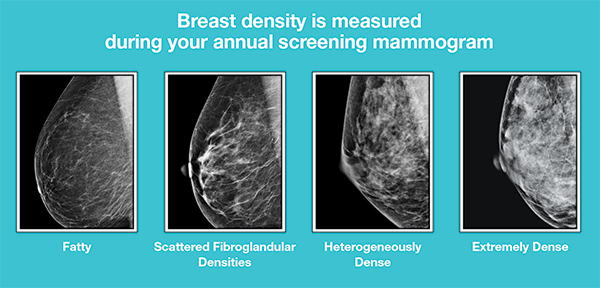A risk model is a questionnaire used by you and your doctor to help determine your individual risk. We recommend the Tyrer-Cuzick risk assessment tool because it is shown to be highly accurate, and unlike other risk models, it factors in breast density, as well as the family history of both parents.
Tyrer-Cuzick Model (IBIS) version 8 update was based in part on input from Dr. Jennifer Harvey and Dr. Martin Yaffe and includes breast density (Windows/PC only). In this model, breast density is one of the top five factors determining breast cancer risk. This model is the most comprehensive and tends to be the most accurate at predicting risk at the population level.


